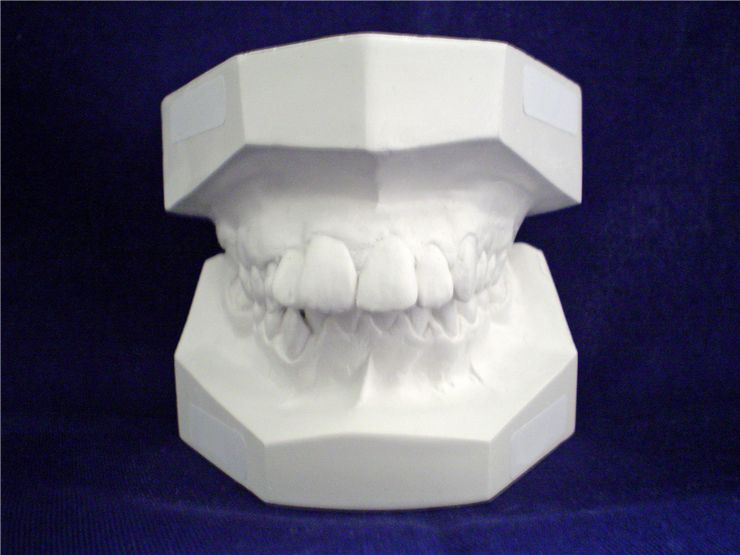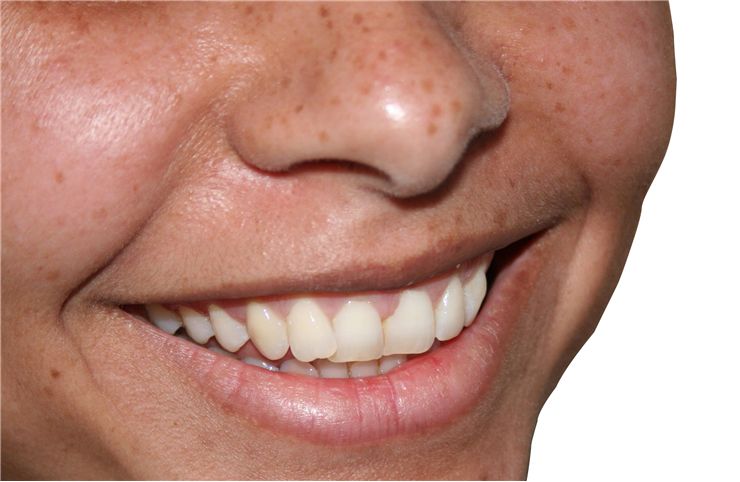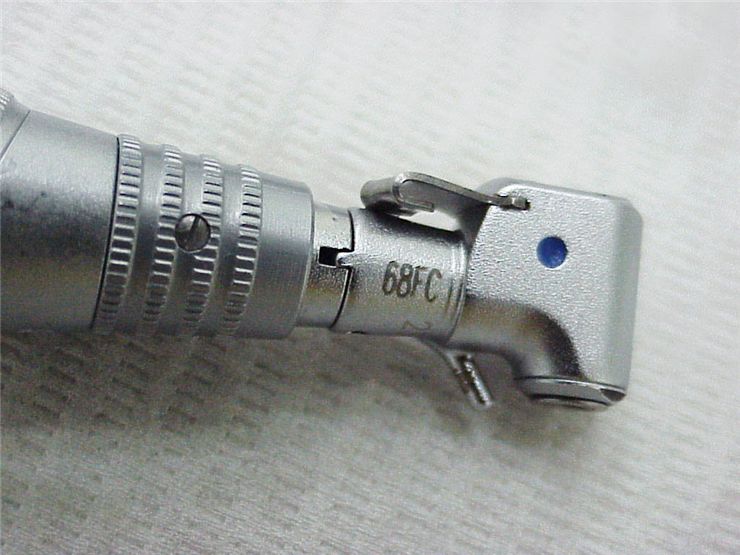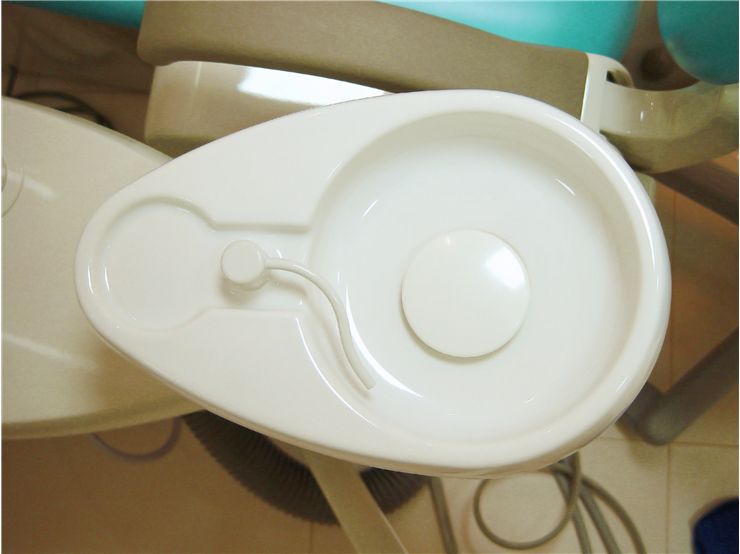Interesting Facts about Dentistry and Oral Health
Here we have some interesting facts relating to dentistry and oral health.
- The bristles for toothbrushes that were made in China were made from hair of hogs that lived in Siberia and northern China because the colder temperatures provided firmer bristles.
- A toothpaste recipe that was used in the United States and Britain in the 18th century called for burnt bread.
- Although Doctor Pierre Fauchard wrote his famous dental treatise on dentistry "Le Chirurgien Dentiste” -"The surgical dentist" was published on the 18th century, the first English translation was published in 1946 translated by Dr. Lilian Lindsay, a medical science historian.
- George Washington’s dentures were not made from wood. They were made from gold, ivory, lead and a mixture of human, donkey and hippopotamus teeth.
- Right handed people, chew their food mostly on their right side and vice versa.
- People who drink 3 or more sugary sodas daily have 62% more dental decay than people who don’t.
- The best-selling toothpaste in the United States is Colgate Total toothpaste.
- Tooth decay is the second most common disease in the United States. The first is the common cold.
- September 20th is an official holiday in China and it is called "Love Your Teeth Day.”
- People used bow drills to treat caries in 7000 BC. It is believed that they were operated by skilled bead craftsmen.
- Ancient peoples of Sumer, ancient India, Egypt, Japan, and China believed that "tooth worm" is the cause of dental caries. That belief lasted until 17th century.
- Ancient Egyptians would hammer seashells into their gums to fill out the empty spaces where their teeth missed.
- The first electric dental drill was patented in 1875 by George F. Green, an American dentist, and it revolutionized dentistry.
- The earliest dental filling was discovered in Slovenia. It dates from 6500 years ago and was made of beeswax.
- In ancient time people rinsing their mouth with a donkey’s milk to get more pleasant breath.
- The earliest written reference to toothpaste is in a manuscript from Egypt in the 4th century. It describes a mixture of powdered salt, pepper, mint leaves and iris flowers.
- Hesy-Ray, an Egyptian scribe that lived in 27th century BC, is the first named "dentist".
- The first book that was written about dentistry alone was the "Artzney Buchlein" published in 1530.
- The first specialized instrument for teeth extraction was made in the 14th century by Guy de Chauliac and was called the dental pelican.
- During the early Middle ages in Europe, medicine, surgery and dentistry were generally practiced by monks who had the highest education at the time. When it was forbidden for them to practice dentistry and other medical work, barbers were the ones who continued to do that because they were often apprentices of monks and learned about medicine from them.
- In 2000 BC, the ancient Chinese used carved bamboo pegs, that they tapped into the bone, as a sort of dental implant to replace lost teeth.
- Before invention of a toothbrush, ancient people used chew sticks to clean teeth. Some still do.



